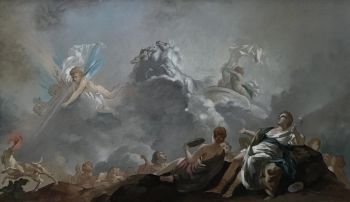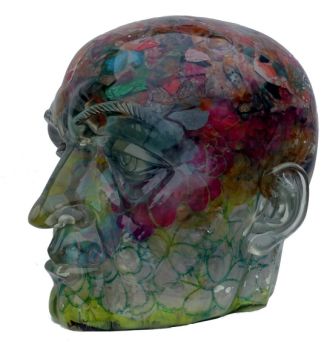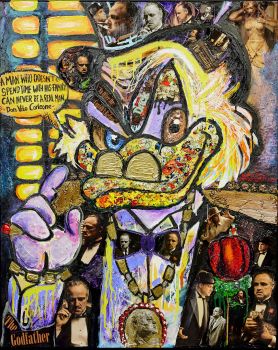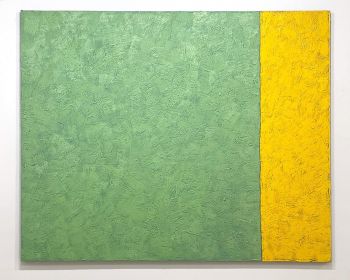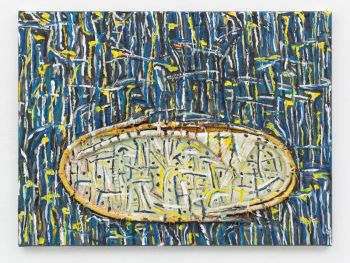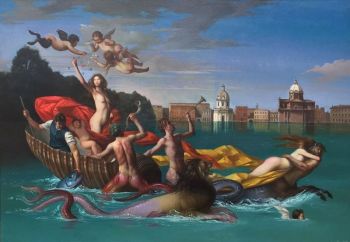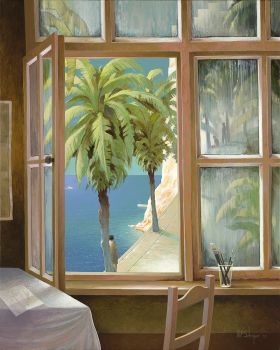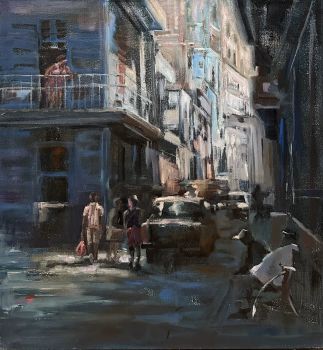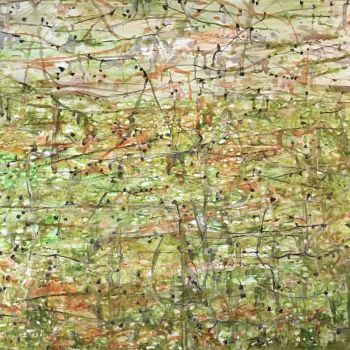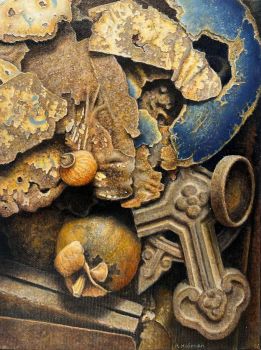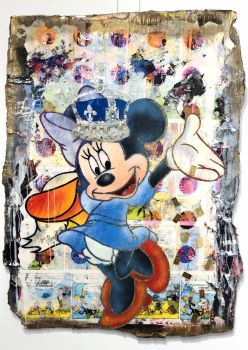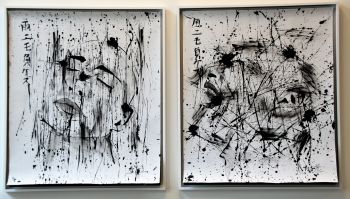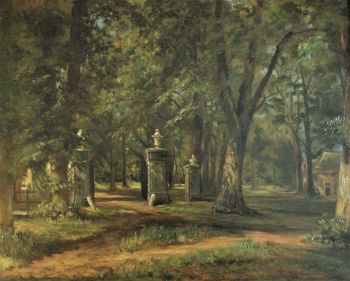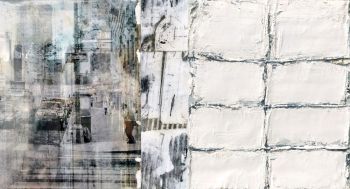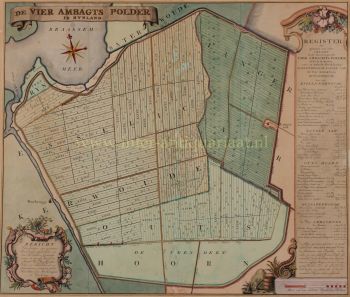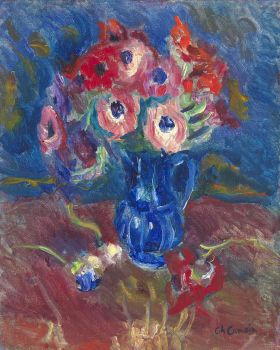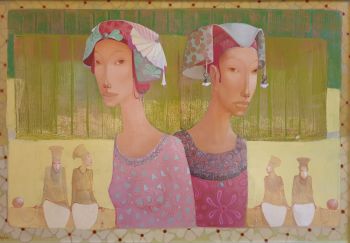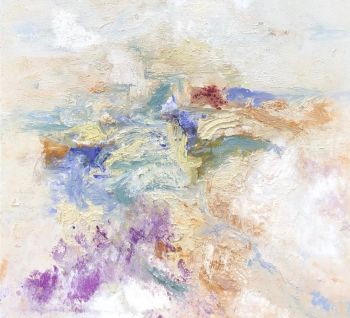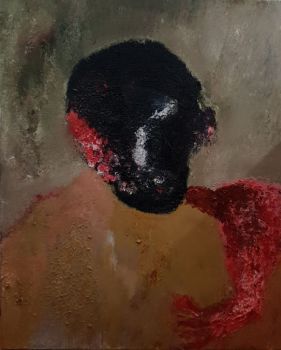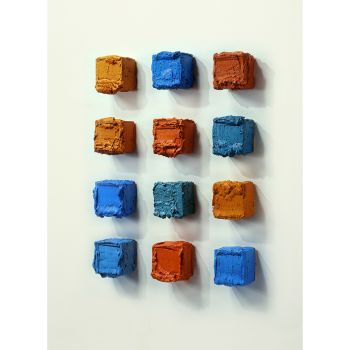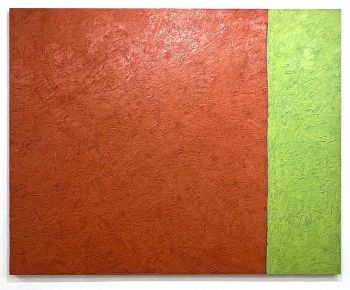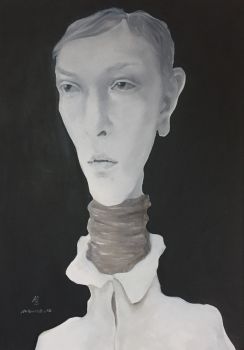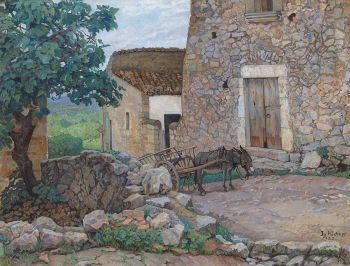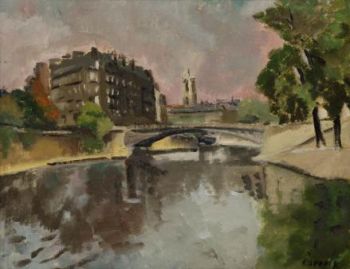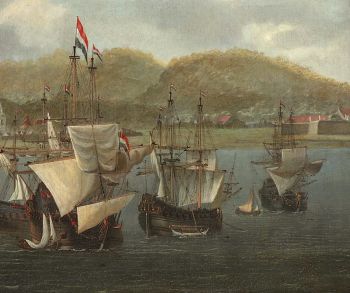‘Allegories of Africa and America’ 1872
Eduard Charlemont
SegeltuchÖlfarbeFarbe
153 ⨯ 153 cm
Preis auf Anfrage
Zebregs & Röell - Fine Art - Antiques
- Über KunstwerkAllegory of Africa, signed and dated Ed. Charlemont 1872 lower left
Oil on canvas, H. 153 x W. 153 cm (each tondo)
Eduard Charlemont (1848, Vienna) was a distinguished painter. He was born in an artistic family. His father Matthias Adolf Charlemont (1820-1871) was a well-known miniature painter, his brother Hugo Charlemont (1850-1939) an impressionist landscape painter and brother Theodor Charlemont (1859-1938) a sculptor. Eduard Charlemont made name for himself only at the age of fifteen when he exhibited his works for the first time at the Academy of Fine Arts in Vienna, where he also studied. He exhibited for the first time at the Paris Salon in 1878, where he won his first prize. Charlemont was called into Hans Makarts (1840-1884) studio, who by that time was a leading figure in the artworld of Vienna and an artist luminary of the Vienna Ringstrasse era.
Charlemont developed a new and unique style based on the ‘Neo-Baroque’ style of Makart, a crossing from 16th century Venetian paintings and French Rococo painters from the 18th century. His penchant for idyllic, playful compositions, characterized by elegance, showed up as a recurring constant in the artist’s oeuvre. This style is also expressed in the tondi presented here.
The first work shows the decorative allegory of the continent Africa with its respective flora and fauna. The central female figure is arranged in an illusionistic, dreamy ideal space that functions as a projection surface for the Western fantasies that were prevalent at that time. It is a symbolic representation.
The second work, the ‘Allegory of America' stands as a testament to his enduring fascination with cultures beyond the boundaries of Europe. Within this canvas, Charlemont skillfully captures a tableau of individuals and scenes that serve as representatives of various facets of American culture. The composition is rich with symbolism, including the presence of an indigenous figure adorned with a resplendent headdress, a nod to the diverse native cultures of the Americas. Colonial influences are also discernible, as evidenced by the woman's fan, evoking echoes of European presence. Exotic flora and avian motifs further underscore the allegorical portrayal, serving as emblems of the Americas' unique biodiversity.
These works demonstrate the romantic lens through which Europeans regarded people from the colonies. They also demonstrate his adeptness in weaving together various cultural elements into a cohesive narrative. The meticulous attention to detail and the nuanced interplay of light and color are characteristic of Charlemont's signature style, allowing viewers to immerse themselves in a representation of a different culture. The fascination with his two depictions of America and Africa lasted not only during the artist's lifetime, but also to this day. The tondi remained in the collection of the composer, impresario, and art connoisseur Andrew Lloyd Webber (born in 1948 London) until the 1990s. A similar work, but an allegory on Asia, caused a battle between bidders in a French auction in 2021, resulting in a record price for paintings by Charlemont.
Provenance:
Collection Andrew Lloyd-Webber, United Kingdom
Auction, Sotheby’s Billinghurst, 15 september 1999, lot 775
Private collection, Switzerland - Über Künstler
Eduard Charlemont wurde 1848 in Wien, der Hauptstadt des Kaiserreichs Österreich, geboren. Sein Vater, Matthias Adolf Charlemont, war ebenfalls Maler und spezialisierte sich auf das Malen von Miniaturporträts.
Sein jüngerer Bruder Hugo Charlemont (1850–1939) war ein ebenso berühmter impressionistischer Maler. Im Alter von fünfzehn Jahren stellte Charlemont seine Werke erstmals an der Akademie der bildenden Künste Wien aus, wo er Bildende Kunst studierte. Im gleichen Alter wurde auch Eduard Charlemont von einer Mädchenschule als Zeichenlehrer eingestellt.
Nach seinem Abschluss an der Akademie der bildenden Künste Wien bereiste Charlemont viele Länder Mitteleuropas und ließ sich schließlich in Paris nieder, wo er die nächsten dreißig Jahre lebte.
In Paris gewann er mehrmals den ersten Preis des Pariser Salons, einer jährlichen Ausstellung der Französischen Akademie der Schönen Künste (französisch: Académie des Beaux-Arts).
Das berühmteste Werk von Charlemont ist „Der Wächter des Serails“, allgemein bekannt als „Der maurische Häuptling“, und zeigt einen maurischen Schwertkämpfer, der ein Serail bewacht (Teil einer typischen wohlhabenden arabischen Villa, in der Frauen wohnten, wenn Fremde das Haus betraten).
1899 gewann er die Goldmedaille auf der Weltausstellung Exposition Universelle in Paris. Charlemont war auch für seine Wandgemälde bekannt. Er malte drei der Wandgemälde des Burgtheaters (das Österreichische Nationaltheater in Wien und eines der bedeutendsten deutschsprachigen Theater der Welt) mit einer Gesamtlänge von etwa 55 Metern.
Er starb 1906 in Wien.
Sind Sie daran interessiert, dieses Kunstwerk zu kaufen?
Artwork details
Related artworks
Johannes van Dreght
Antique Dutch still life flowers in vase1740 - 1800
Preis auf AnfrageGallerease Selected
Unbekannter Künstler
Cristallo façon de Venise Trinkglas1600 - 1650
Preis auf AnfragePeter Korf de Gidts - Antiquairs
Unbekannter Künstler
A Surinam-themed Amsterdam long-case clock1746 - 1756
Preis auf AnfrageZebregs & Röell - Fine Art - Antiques
 Kuratiert von
Kuratiert vonGallerease Magazine
1 - 4 / 24- 1 - 4 / 24
- 1 - 4 / 16
- 1 - 4 / 24
Unbekannter Künstler
WICHTIGE UND SELTENE GROSSE INDISCHE 'COMPANY STYLE'-MALEREI AUF Elfenbein, die eine Parade darstell1850 - 1900
Preis auf AnfrageZebregs & Röell - Fine Art - Antiques
 Kuratiert von
Kuratiert vonDanny Bree
1 - 4 / 12























